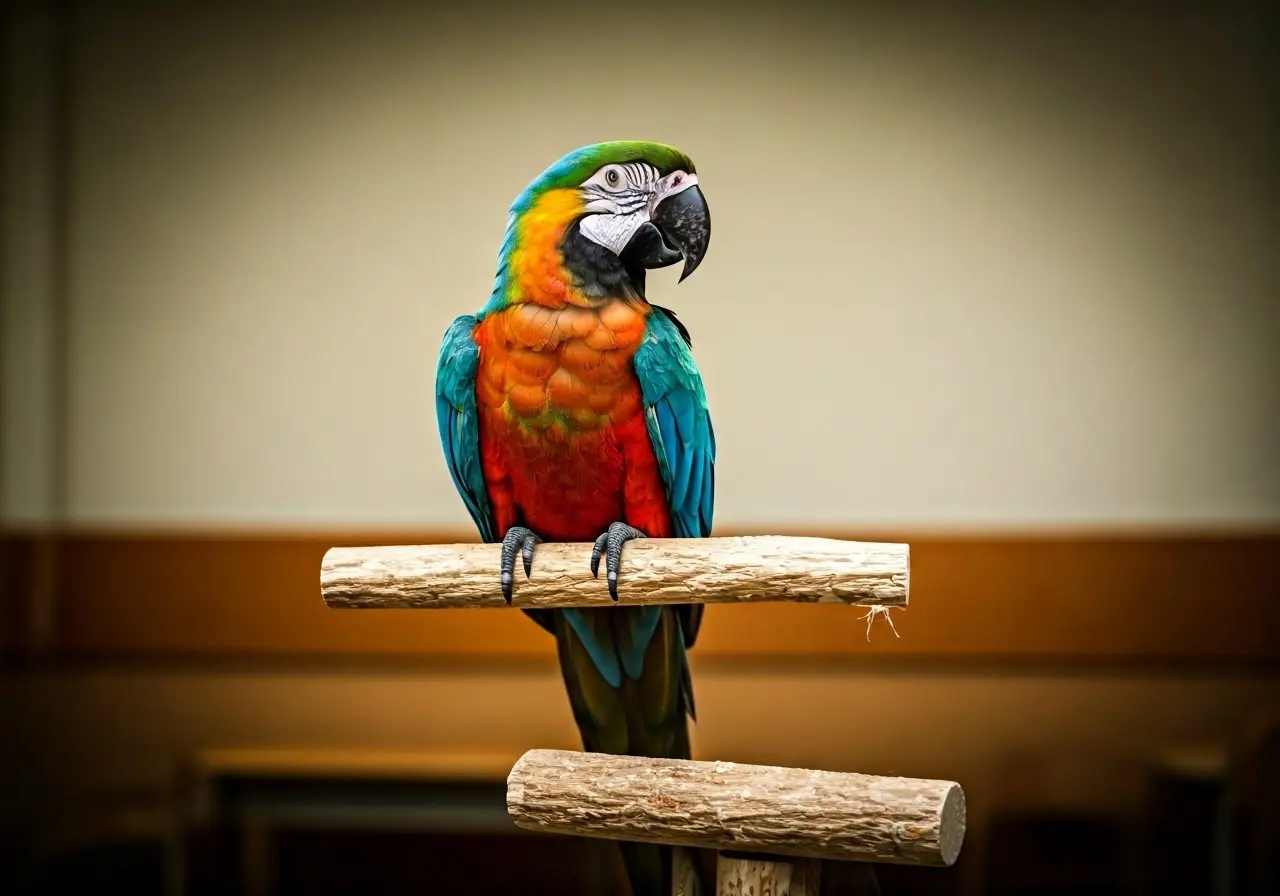In today’s fast-paced world, where many children are increasingly distanced from nature, school animal shows offer a unique and engaging opportunity for students to connect with wildlife. These shows not only spark curiosity but also instill a deep appreciation for the natural world. Let’s explore how school animal shows are making education exciting and meaningful.
The Importance of Wildlife in Education
Understanding wildlife is crucial for educating students about biodiversity and environmental stewardship. School animal shows bring this understanding to life by providing live interactions that are both informative and inspiring. These interactions leave a lasting impression, helping students to appreciate the intricate beauty of the natural world and the delicate balance of ecosystems.
Direct contact with animals during these shows also nurtures curiosity and a sense of responsibility towards conservation. By witnessing the behaviors and characteristics of various species firsthand, students are offered a glimpse into the dynamics of ecosystems, plant and animal life cycles, and the impacts of human activities on the environment. This firsthand experience is instrumental in driving home the need for each individual to play a role in conservation efforts.
How School Animal Shows Benefit Students
School animal shows offer numerous benefits to students, including enhancing their knowledge of animals, developing empathy, and fostering a love for learning. These shows provide a hands-on experience that books and videos simply cannot replicate. Engaging with animals in such a setting encourages children to ask questions and seek to learn more about each species they encounter.
By allowing students to touch, feed, and observe animals in real life, these shows provide a powerful and immersive learning experience. This practical approach makes lessons more memorable and supports different learning styles, catering especially to those who thrive on experiential learning. Furthermore, as research indicates, such interactions can improve cognitive skills and increase retention rates, laying a robust foundation for ongoing education.
Incorporating Animal Shows into the Curriculum
Including animal shows in the school curriculum can be an effective way to engage students in science and geography. By aligning shows with lessons, educators can create a comprehensive and immersive educational experience. The key is to integrate these shows seamlessly with existing curriculum objectives, ensuring that they augment rather than disrupt learning outcomes.
Customization of the program to match the school’s specific educational goals is crucial. For instance, while a show centered around reptiles can highlight the diversity of animal adaptations and survival strategies, complementing a biology lesson on evolution, a birds of prey exhibition can be tied into discussions on ecosystems and food chains. By exploring these dynamics, students gain a deeper understanding of theoretical concepts covered in their textbooks.
Moreover, this approach instills excitement and anticipation in students, turning every show into a catalyst for further exploration and study. Teachers can capitalize on this enthusiasm by assigning creative projects and group work that allow students to delve deeper into topics of interest sparked during these shows. Such activities can further cement the knowledge gained and encourage collaborative learning.
Success Stories from Schools
Many schools report increased enthusiasm and participation in science classes after incorporating animal shows. Student engagement skyrockets as they eagerly anticipate learning opportunities that meet their natural curiosity and interest. For example, after a visit featuring exotic mammals, one school observed a significant increase in students joining conservation clubs and participating in related extracurricular activities.
In another case, a school integrated these shows into their curriculum, aligning them with their environmental science program. Students showcased a notable improvement in empathy and social dynamics, as classroom surveys indicated heightened awareness and concern for environmental issues. Insights shared by Seth Falk highlight how these interactions shape the educational journey of students, fostering a lifelong interest in environmental and wildlife conservation.
These stories highlight the potential of animal shows to transform conventional education models, offering an enriched learning environment. By witnessing the wonders of the natural world, students become ambassadors of conservation, ready to take proactive steps within their communities and the broader society.
Tips for Hosting a Successful Animal Show
Planning a successful animal show involves choosing the right animals, ensuring safety, and preparing engaging presentations. With the right approach, schools can offer memorable experiences that leave a lasting impact on students. First, it’s essential to select animal species that align with the educational goals, ensuring that the information presented is relevant and enhances the classroom curriculum.
Safety should always be a priority. Establish comprehensive safety guidelines, like ensuring all students understand the rules of engagement, and if needed, preparing students with background knowledge on the animals they’ll encounter. Partnering with experienced and ethical providers who prioritize animal welfare can prevent unforeseen issues and ensure the presentation runs smoothly.
Encourage educators to collaborate with wildlife experts to tailor presentations that match students’ learning levels, making the information both accessible and stimulating. Through an interactive format that combines education with entertainment, students are much more likely to engage deeply, allowing for a more meaningful learning experience.
Embracing Wildlife Education for a Brighter Future
School animal shows serve as a valuable tool in educating young minds about the beauty and importance of wildlife. By fostering meaningful encounters with animals, these shows inspire a sense of curiosity, responsibility, and compassion. As we continue to integrate wildlife education into school curriculums, we pave the way for a generation of environmentally-conscious individuals ready to protect and preserve the natural world.





